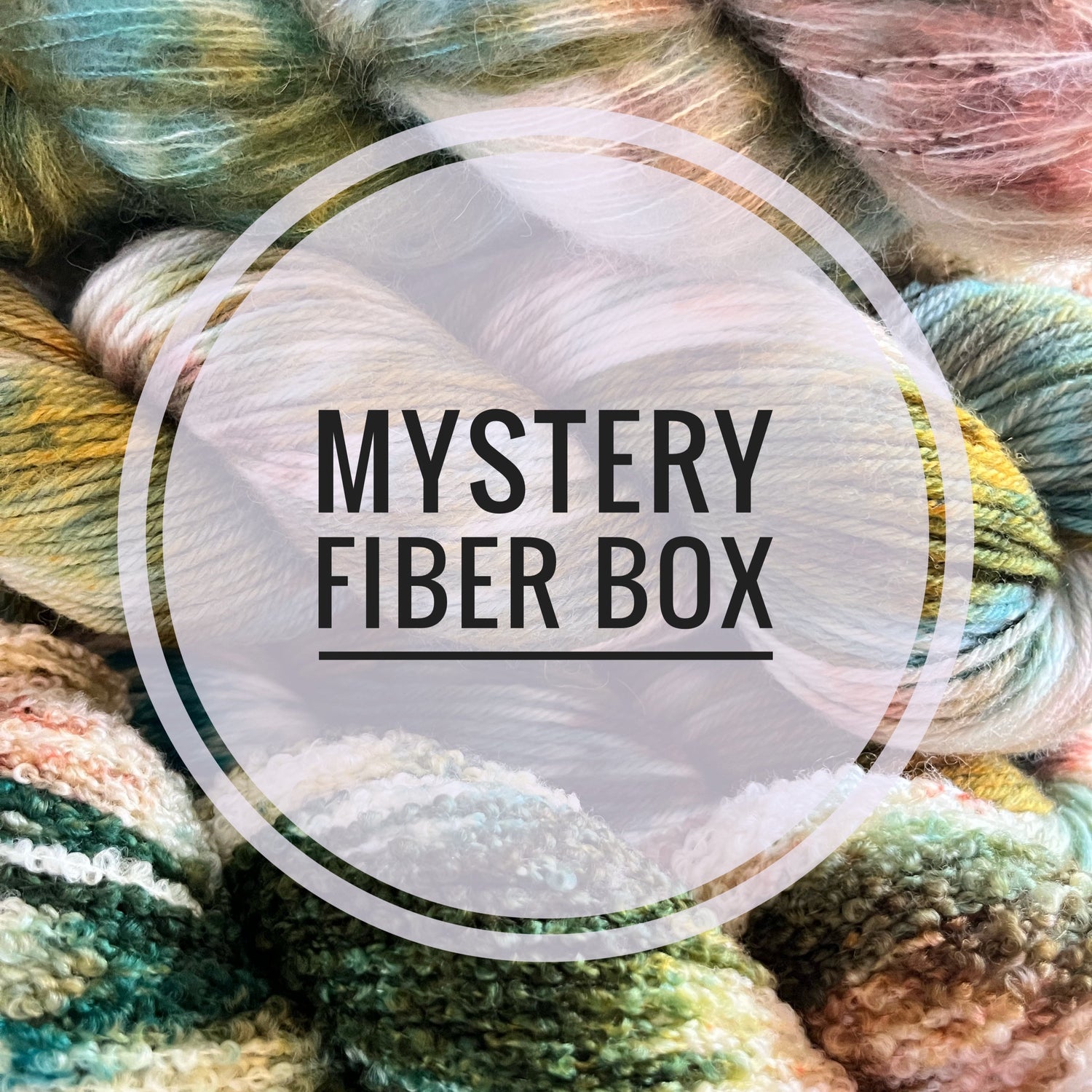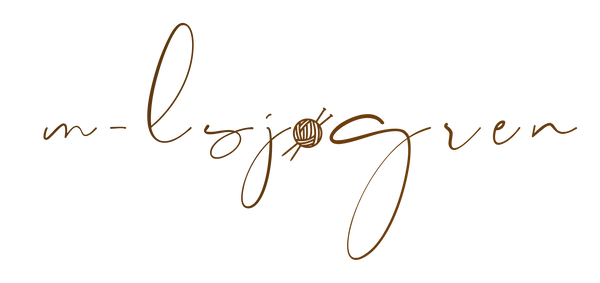Hand Dyed Yarn
How do you knit with hand-dyed yarn?
To avoid pooling, you can choose to knit with 2 sts at a time. Depending on your project or how the colors lay on your knitting, this is not always necessary. If you are knitting something smaller, such as a hat, you do not need to knit with 2 sts at a time.
Is the yarn I order from the same dyeing?
Yes, all orders are packed from the same dyeing. However, there can always be small deviations in the yarn, which cannot be avoided as the yarn is hand-dyed.
How do I wash my knitwear?
It is recommended that you wash your knitwear by hand with a wool detergent . If the yarn is superwash treated, it can be machine washed at 30 degrees. Remember to read the washing instructions on the label before you start. You can read more about washing wool here .
Where does the yarn come from?
The yarn comes from animals from different parts of the world, depending on the fibers the yarn is made of. Merino wool comes from South America, Peruvian Highland and Alpaca comes from Peru, Bluefaced Leicester comes from England. But most importantly, all fibers come from breeders where both animals and people are well. The spinning mill that collects all the fibers makes a great deal of effort to know all their suppliers and also visits them regularly.
What is the yarn dyed with?
The yarn is dyed with acid dyes, which are completely harmless. The dyes are called acid dyes because they only bind to the fibers by adding an acid such as citric acid.
Does the yarn come off?
The yarn is gently washed after dyeing to remove any excess dye. Therefore, it should not bleed, but to be on the safe side, it is recommended to wash your knitwear separately the first time.
Is the yarn dyed in an environmentally friendly way?
I think a lot about protecting the environment in all my processes. When I dye, I make sure to save water consumption by reusing the water as much as possible. Many hand dyers spin the yarn in the washing machine to dry the yarn faster. But I simply squeeze the water out of the yarn by hand and hang it to dry. This means that the yarn takes a few extra days to dry, but in return I have not used unnecessary electricity.
What does Superwash mean?
Superwash is a process used on wool fibers to make them more resistant, so that you can, for example, wash your wool in the machine. All the superwash treated yarn qualities I dye have been treated in a factory that has both the EU flower and OEKO-TEX 100. The factory has an advanced purification plant, which means that the discharged water is actually cleaner than ordinary drinking water.
Is the yarn mulesing-free?
Yes, all yarn at ML Sjøgren is mulesing-free. When buying merino wool, always make sure to choose a yarn that is mulesing-free.

